How to Nourish Your Child Through an Eating Disorder By: Casey Crosbie
A revolutionary approach—rooted in nutrition—for parents desperate to help their child get through an eating disorder and eat normally again
Parents of kids who are struggling with an eating disorder (ED)—including anorexia, bulimia, binge eating disorder, and many more that go undiagnosed—quickly find themselves at a loss as to how to feed their child and ensure they are receiving adequate nutrition. Now, registered dietitians Casey Crosbie and Wendy Sterling present their innovative and easy-to-implement visual approach that demonstrates balanced meals with the optimal ratio of nutrients—designed to set kids and teens on a path toward permanent recovery.
The plate-by-plate method is rooted in the leading psychological approach to ED, family-based treatment (FBT), which enables parents to treat their child at home rather than send them to an expensive in-patient program. Paired with therapy, this essential guide covers everything parents need to know about nutrition, plus the warning signs and potential health risks, how to talk about weight changes and set goals for treatment, and how to incorporate structure at mealtimes.
About the Author
Casey Crosbie, RD, CSSD, is the program director and lead dietitian at The Healthy Teen Project. She has been published in Nutrition in Clinical Practice and in the Journal of Adolescent Health.
A revolutionary approach—rooted in nutrition—for parents desperate to help their child get through an eating disorder and eat normally again
Parents of kids who are struggling with an eating disorder (ED)—including anorexia, bulimia, binge eating disorder, and many more that go undiagnosed—quickly find themselves at a loss as to how to feed their child and ensure they are receiving adequate nutrition. Now, registered dietitians Casey Crosbie and Wendy Sterling present their innovative and easy-to-implement visual approach that demonstrates balanced meals with the optimal ratio of nutrients—designed to set kids and teens on a path toward permanent recovery.
The plate-by-plate method is rooted in the leading psychological approach to ED, family-based treatment (FBT), which enables parents to treat their child at home rather than send them to an expensive in-patient program. Paired with therapy, this essential guide covers everything parents need to know about nutrition, plus the warning signs and potential health risks, how to talk about weight changes and set goals for treatment, and how to incorporate structure at mealtimes.
About the Author
Casey Crosbie, RD, CSSD, is the program director and lead dietitian at The Healthy Teen Project. She has been published in Nutrition in Clinical Practice and in the Journal of Adolescent Health.
A revolutionary approach—rooted in nutrition—for parents desperate to help their child get through an eating disorder and eat normally again
Parents of kids who are struggling with an eating disorder (ED)—including anorexia, bulimia, binge eating disorder, and many more that go undiagnosed—quickly find themselves at a loss as to how to feed their child and ensure they are receiving adequate nutrition. Now, registered dietitians Casey Crosbie and Wendy Sterling present their innovative and easy-to-implement visual approach that demonstrates balanced meals with the optimal ratio of nutrients—designed to set kids and teens on a path toward permanent recovery.
The plate-by-plate method is rooted in the leading psychological approach to ED, family-based treatment (FBT), which enables parents to treat their child at home rather than send them to an expensive in-patient program. Paired with therapy, this essential guide covers everything parents need to know about nutrition, plus the warning signs and potential health risks, how to talk about weight changes and set goals for treatment, and how to incorporate structure at mealtimes.
About the Author
Casey Crosbie, RD, CSSD, is the program director and lead dietitian at The Healthy Teen Project. She has been published in Nutrition in Clinical Practice and in the Journal of Adolescent Health.


